Australian researchers have just announced an artificial intelligence (AI) tool capable of detecting small and subtle brain abnormalities in children with epilepsy, opening up hope to help patients access surgery sooner.
According to experts, about 30% of epilepsy cases originate from structural abnormalities in the brain. However, many lesions are very small, even only the size of a blueberry, and are often hidden deep in the brain's folds, making them difficult to detect with conventional magnetic resonance imaging (MRI).
A team led by Dr Emma Macdonald-Laurs, a paediatric neurologist at the Royal Children’s Hospital Melbourne, trained the AI tool on brain images of children to look for these lesions. Ms Macdonald-Laurs stressed that the tool does not replace doctors, but helps them “put the pieces together” more quickly, so they can recommend surgery for appropriate cases.
The test results showed impressive results: in groups of patients with cortical dysplasia and partial epilepsy, although 80% had previously normal MRI results, the AI tool detected lesions with 94% accuracy in one group and 91% in the other, when combining MRI and PET analysis.
Of the 17 children in the first group, 12 had their lesions surgically removed, and 11 are now seizure-free. Epilepsy affects about 1 in 200 children, with a third of them resistant to medication.
In the next step, Dr. Macdonald-Laurs' team at the Murdoch Children's Research Institute plans to test the tool in a real-life hospital setting, on new, undiagnosed patients./.
Source: https://www.vietnamplus.vn/kophat-hien-di-tat-nao-nho-o-tre-em-mac-dong-kinh-nho-ai-post1066179.vnp


![[Photo] Panorama of the cable-stayed bridge, the final bottleneck of the Ben Luc-Long Thanh expressway](https://vphoto.vietnam.vn/thumb/1200x675/vietnam/resource/IMAGE/2025/9/30/391fdf21025541d6b2f092e49a17243f)
![[Photo] President Luong Cuong receives President of the Cuban National Assembly Esteban Lazo Hernandez](https://vphoto.vietnam.vn/thumb/1200x675/vietnam/resource/IMAGE/2025/9/30/4d38932911c24f6ea1936252bd5427fa)

![[Photo] Solemn opening of the 12th Military Party Congress for the 2025-2030 term](https://vphoto.vietnam.vn/thumb/1200x675/vietnam/resource/IMAGE/2025/9/30/2cd383b3130d41a1a4b5ace0d5eb989d)
![[Photo] The 1st Congress of Phu Tho Provincial Party Committee, term 2025-2030](https://vphoto.vietnam.vn/thumb/1200x675/vietnam/resource/IMAGE/2025/9/30/1507da06216649bba8a1ce6251816820)

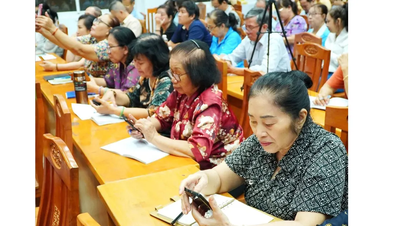






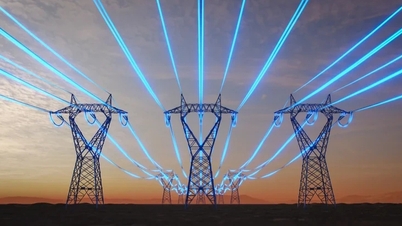





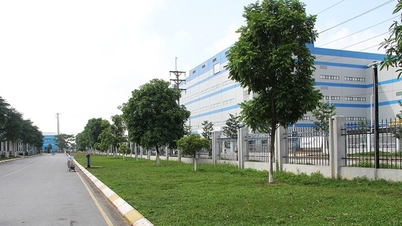


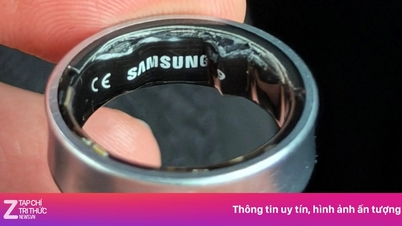










![[Photo] General Secretary To Lam, Secretary of the Central Military Commission attends the 12th Party Congress of the Army](https://vphoto.vietnam.vn/thumb/1200x675/vietnam/resource/IMAGE/2025/9/30/9b63aaa37ddb472ead84e3870a8ae825)
































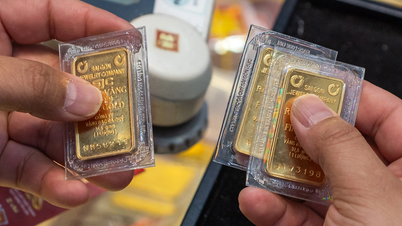
































Comment (0)